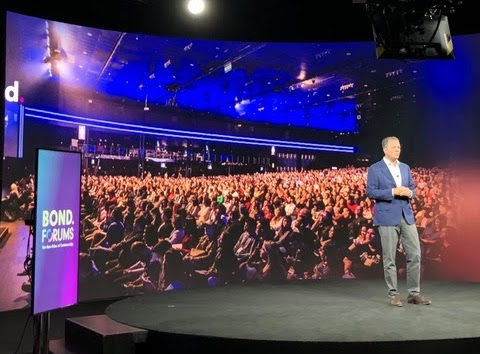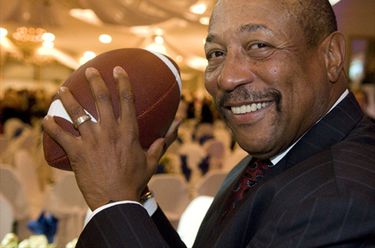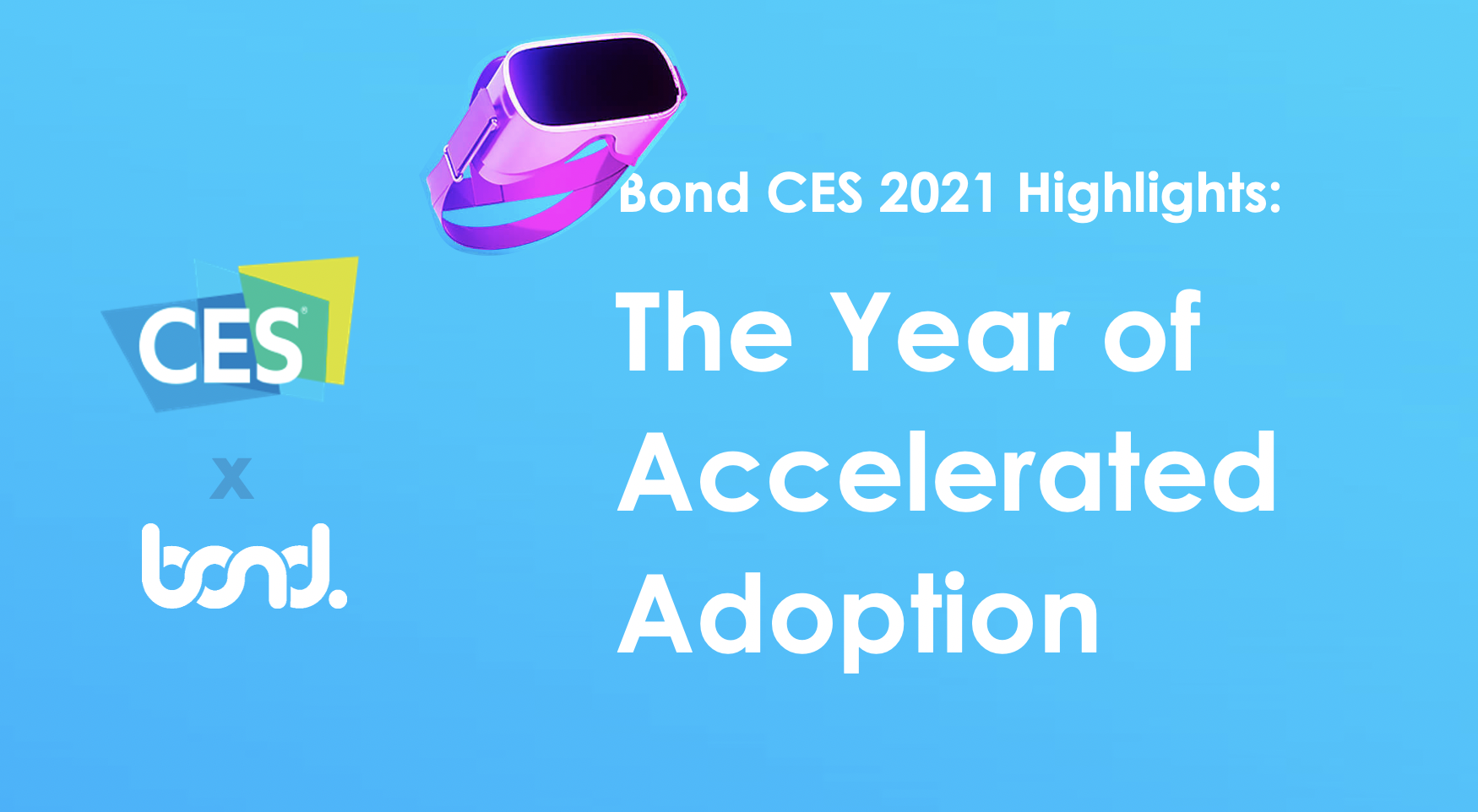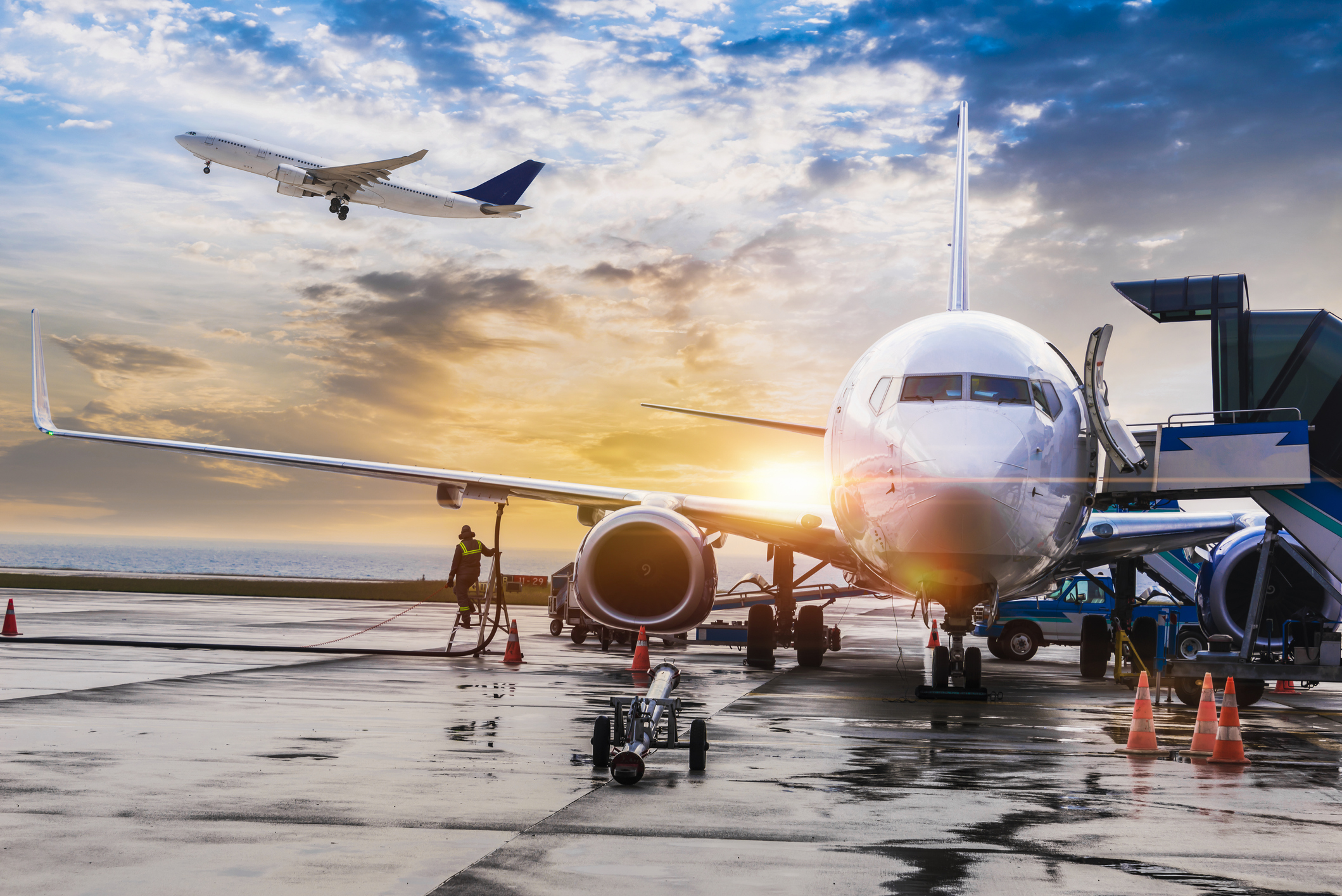Content Writer
Blog
Bond
Recent Posts
The demand for transparency, authenticity and purpose has changed the landscape for brands— permanently.
Find your purpose—and live it. For any organization today, everything has to surround a purpose.
The data race is on and the massive disruption in today’s marketplace is creating momentum for businesses to move exceedingly faster. At a recent Bond.Forums panel discussion hosted by Francis Silva, Bond’s VP, Analytics & Technology, leading experts tackled the biggest challenges and opportunities in data, and how organizations can unlock value—for both their brands and their customers—through data ecosystems.
The panel, “Building a Data Ecosystem to Enhance Customership,” featured leaders from Bond’s best-in-class technology partners: Bilal Khan, Managing Director & Head of Snowflake Canada; Khalil Alfar, GM Customer Success and Chief Data Officer, Microsoft; and Nicole Lusignan, Head of Strategy, North America, Qualtrics.
In a year of massive disruption, businesses had to rapidly pivot how they went to market and how they engaged their customers. Yet, even as many brands accelerated their digital and loyalty transformations, which were well underway before the pandemic, there are gaps between customer expectations and experiences like never before.
Diversity is about celebrating and valuing the different perspectives and lived experiences of all people, and it’s a core belief at Bond. To kick off our new “Shared Stories” series and to celebrate Black History Month, we recently hosted an inspiring talk by history maker and football legend Chuck Ealey.
It’s too facile to say that COVID-19 changed everything when it comes to brands and customers. Everything was changing already. What COVID-19 did change was time, which by definition is a function of distance and speed. Both aspects not only changed, but they also changed rapidly.
Time is More Than Speed
Math and science aside, relationships between brands and customers were reflecting fundamental shifts that were already well underway pre-COVID-19. But the magnitude of the change, in terms of both distance and speed, accelerated. Even as the world emerges with vaccines and immunity, things are not going to reverse, nor will they slow down.
Time was already a new loyalty “currency” thanks to Amazon Prime and its shipping benefit, and the advent of BOPIS (buy online, pickup in store), which quickly evolved to BOPAC (buy online, pickup curbside). Time as a loyalty driver is not only about faster fulfillment and a more seamless customer experience, it also relates to how brands value customers’ time—think customer service and wait times for voice, email, SMS, and chat support.
At the onset of COVID-19, we could all be patient, as we had little choice. Not anymore. A year later we expect brands to deliver—literally and figuratively—on time. On our time.
Time for Brands to Be Loyal
One aspect of time’s value over the last year centers around digital acceleration. Virtually every brand had a digital roadmap pre-COVID-19 but the time that the brand leaders shredded to shorten the distance over the past year was, to use an overstated expression, unprecedented. Nothing illustrates this better than Walmart, the largest retailer in the world, moving to contactless payments by the end of March 2020.
Seamless experiences reflect a brand’s commitment to valuing customers’ time and at least implicitly showing loyalty to them, a prerequisite for customer loyalty in return. That loyalty from the brand is what begins to solidify trust, another dimension of loyalty that saves a customer time in deciding to engage and do business with a brand. Showing loyalty to customers extends this trust by recognizing them, informing them, rewarding them, making it easy for them to solve their “jobs to be done.”
With Synapze™ DNA, Bond’s customer genome solution, brands can unlock value from their data faster and more cost-effectively.
If there’s one thing 2020 taught the business world, it’s that companies can move forward faster on their roadmaps, or even nimbly change directions altogether. Across sectors, and even in the most siloed, complex companies, the COVID-19 crisis propelled organizations to work in ways they hadn’t before, bringing about years of change in mere months.
While companies are no longer operating at survive-or-die speed, there’s no turning back to business as usual. If there’s another realization from 2020, it’s that consumer needs and behaviors are changing faster than ever, too. They’re rapidly embracing omni-channel retail, switching allegiances and trying new brands, and expecting brands to not only understand their needs, but also to anticipate them.
The Consumer Electronic Show this year was a fully prerecorded virtual affair, with ubiquitous floating people in squares on our screens. The keynote events had nearly natural scripts presented by one of the conglomerates convincing us that our daily world will change for the better. One word comes to mind when I want to summarize the technological acceleration and business pitches that percolated through every panel discussion: adoption.
The impact of COVID-19 has arguably hit the aviation industry harder than any other. According to The International Civil Aviation Organization, by the end of 2020, we could see reductions of up to 1.5 billion passengers globally, leaving airlines and airports facing a potential loss of revenue of up to USD 314 billion and USD 100 billion, respectively.









